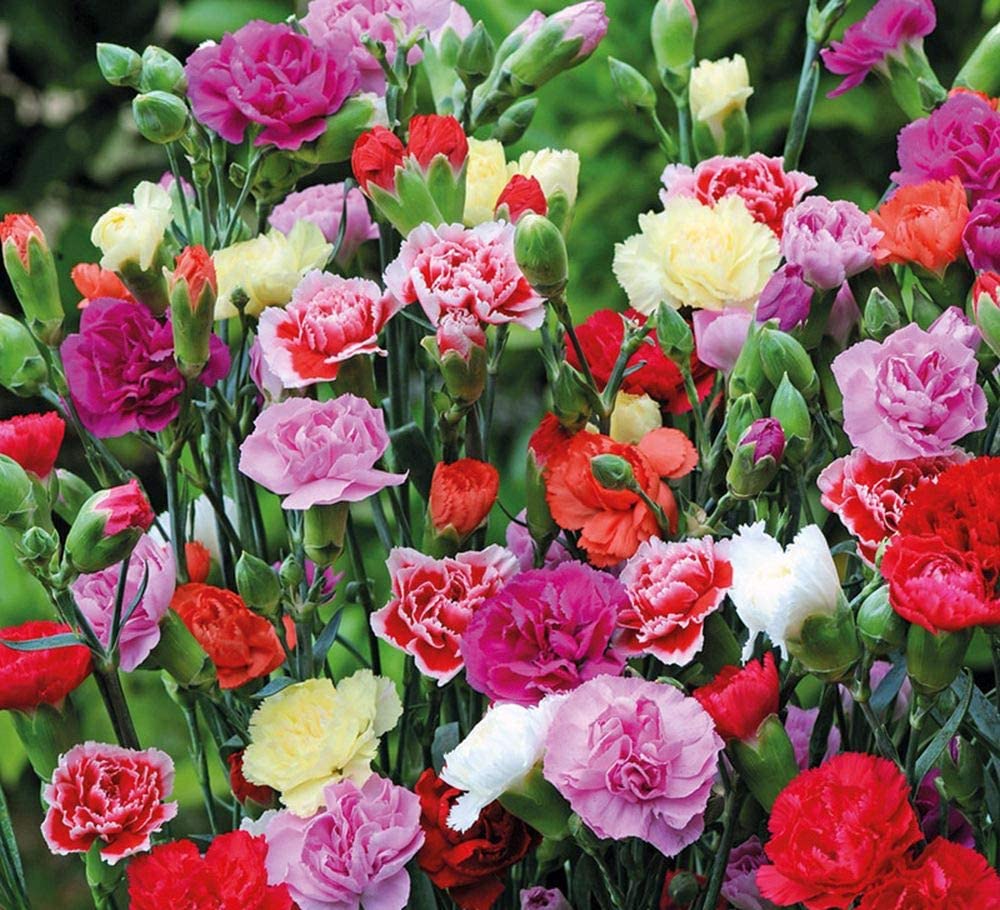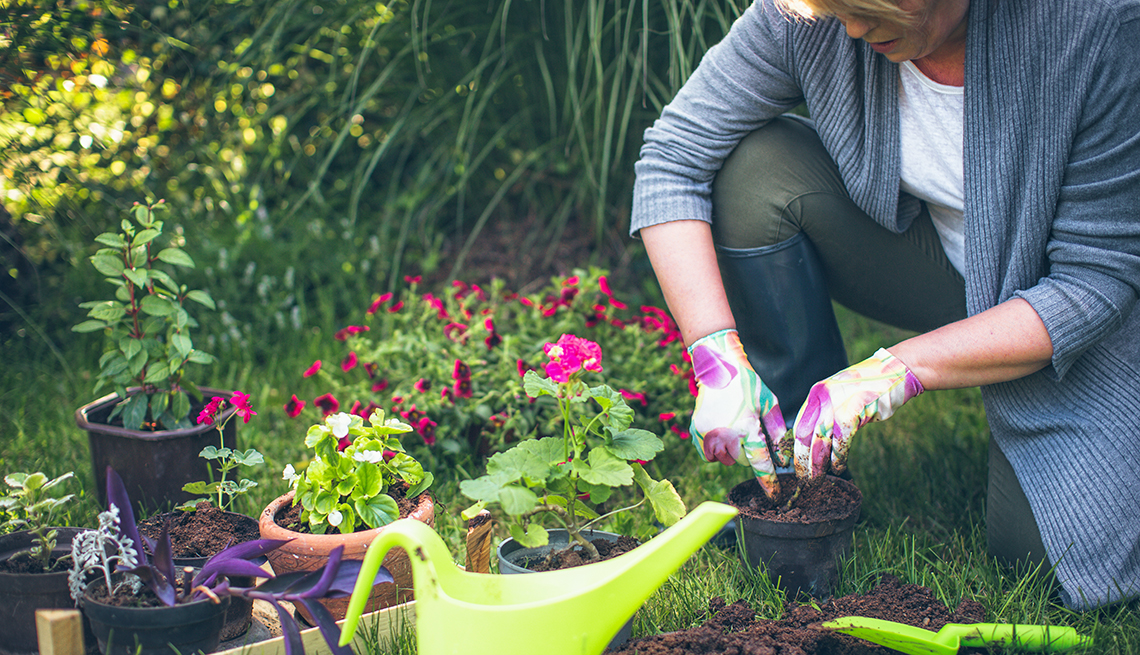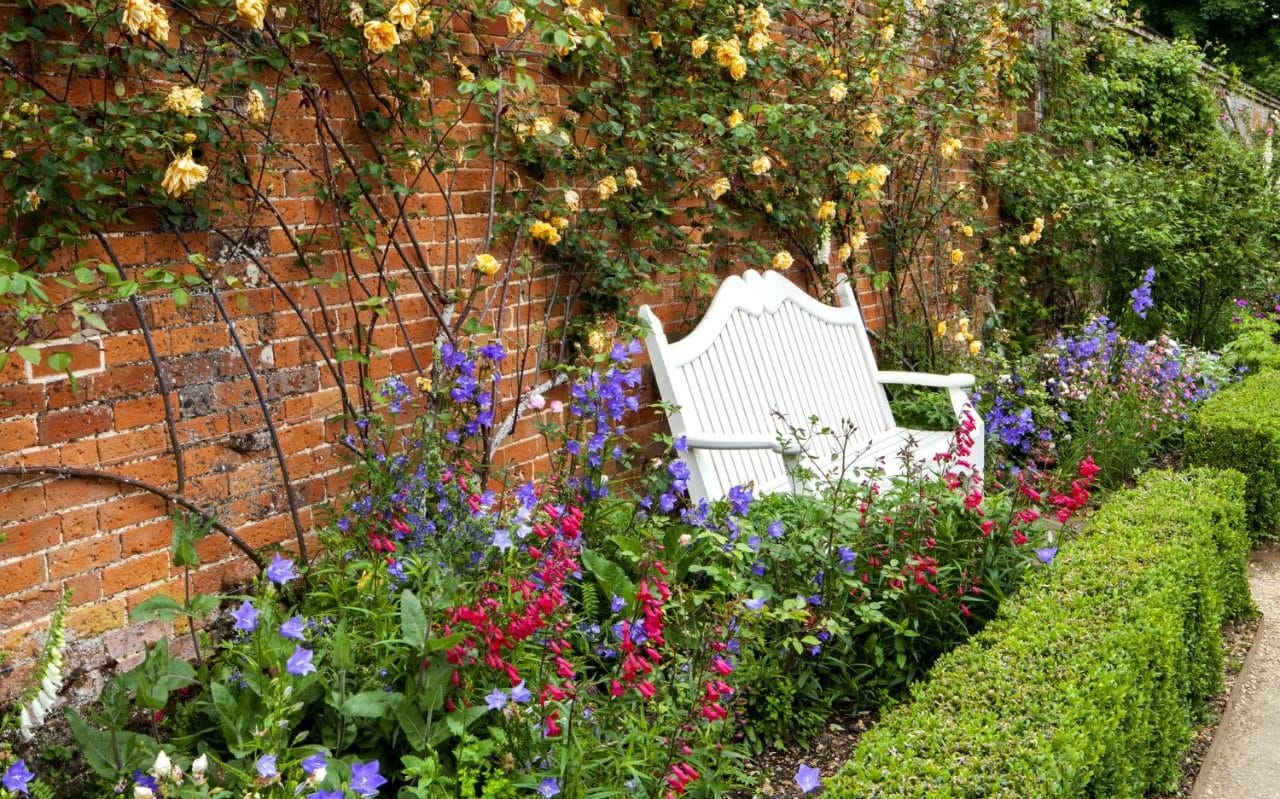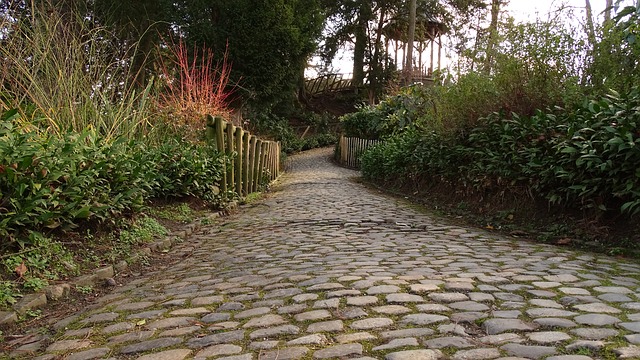This article is intended as a guide to the process of how to plant carnations. The carnation is a plant that is considered easy to grow. They can grow between 18 to 24 cm in height, depending on the variety used, and are capable of producing an exquisite spicy clove fragrance.
Currently, there are more than 300 species of carnations and hundreds of other hybrid varieties. Generally, when talking about carnation, it refers to the plant scientifically known as Dianthus caryophyllus. These are plants used ornamentally because they can offer flowers of various colors, including white, red, and pink. However, it can also present hybrid species whose flowers are of different colors.
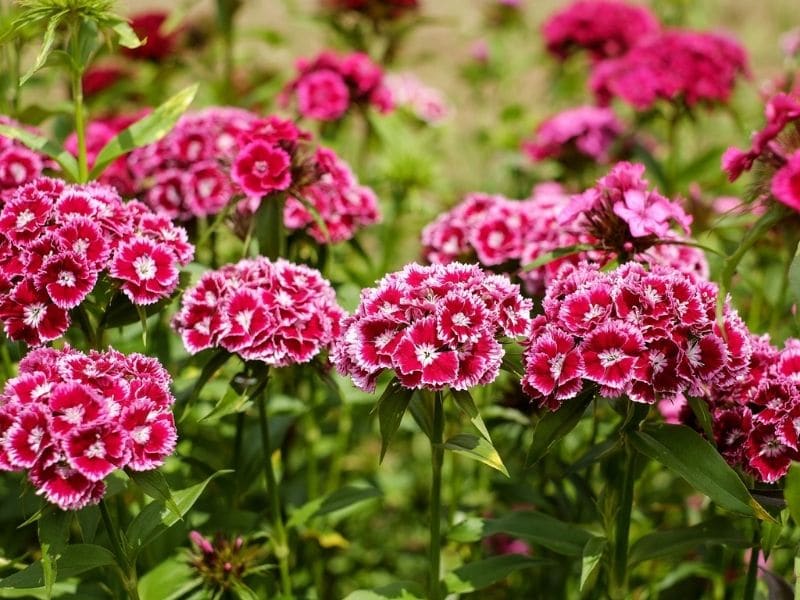
Some primary knowledge on how to grow carnations is to first know that they can come as annual, biennial, and perennial varieties. Carnations can be grown in flower beds, borders, rock gardens, and even containers like pots. Some varieties can even flower during the fall season, as long as they are protected against inclement weather.
Although carnations do not require much maintenance, there are some specific steps that we must take with carnations, and that must be considered since the more significant the care of the carnation, the better the growth of this beautiful flower.
To have a blooming flower, you can follow these tips on how to plant carnations.
When to Plant a Carnation Plant?
Carnation seeds can be sown indoors six to eight weeks before the last frost. On the other hand, outdoors, it is preferred to plant carnations when the frost’s danger has passed. While indoors, it is very likely that the plant will flower the first year. If the seed has been sown outdoors, it is unlikely that the plant will bloom during this year.
When it comes to lighting, carnations need to be in full sun and receive an average of 4 to 5 hours of sunlight a day.
Ground
The soil must have good drainage. The use of mulch is not more suitable for this plant because it requires adequate air circulation. Carnations are easy to care for and thrive in fertile, well-drained soil with a slightly alkaline soil pH of 6.75.
Watering
An important factor to consider about growing carnations is to know that this plant does not require a lot of water, except in the summer months. It is essential to take special care to avoid that the soil gets too watery because it is a sensitive plant to excess humidity. Watering should be done very early in the morning or the evening.
Temperature and Lighting
The adequate temperature for the growth and reproduction of carnations oscillates between 8 ° – 25 ° C. The optimum temperature in winter should be between 15 ° and 18 ° C during the day and 10 ° to 12 ° C at night. While in summer, the ideal temperature would be 21 ° during the day and 12 ° at night.
Seeding
The seeds can be sown in a seedbed; you just need to sprinkle them on top of the substrate and cover them lightly. Watering in the seedbed should be done with a sprayer’s help, and later the seedbed is covered with a transparent plastic bag to create a greenhouse effect.
The plants in the seedbed should be transplanted to their pots when they present two to three leaves. If you want to transplant them outdoors, you should do it when they are 4 to 5 inches tall.
Carnations can also be sown from their seeds in the final place, although the most recommended is to do it in seedbeds to save time and facilitate their handling. The depth for placing the seeds outdoors is 1/8 inch. Another point to keep in mind is that the soil must be well-drained, you must also make sure to keep moist soil but not soggy.
Once the carnation plants are resistant enough, they should be placed 12 cm apart, leaving only the most vigorous plants.
Care, Pests and Diseases
Mulching is not recommended for carnations because it can prevent adequate air circulation in the carnation stems. Something that can affect its growth since it must be kept free of moisture.
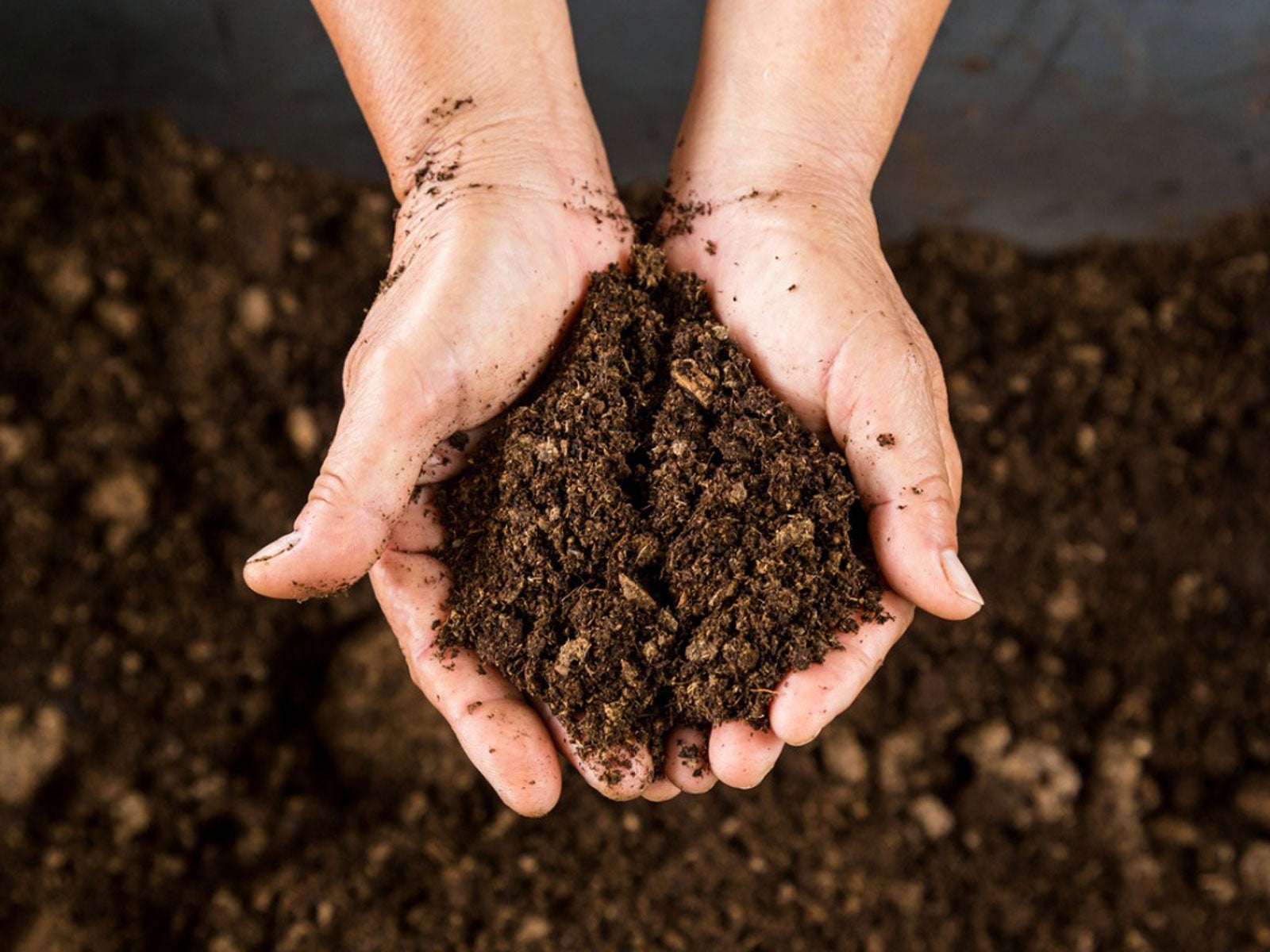
Peat is an excellent organic matter that can be used to promote the growth of carnations. Spraying pine bark and decomposing cow manure can also be used as compost.
However, outdoors it is important to do a soil analysis before deciding what type of manure to use. This is because a very rich soil in manure or with high nitrogen levels is not the most suitable for carnation as it can cause hefty vegetative growth, flower scarcity, or calyx splitting.
Have you ever grown carnation and have any other tips to share? We want to hear from you; remember to leave a comment in the section below.
